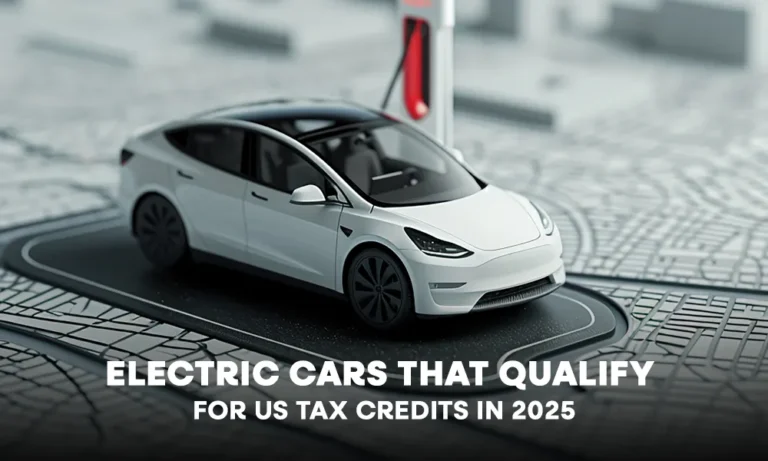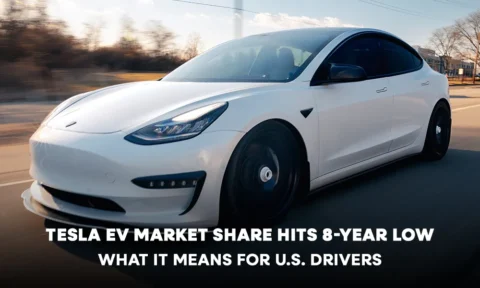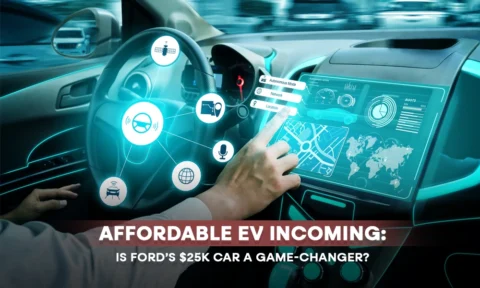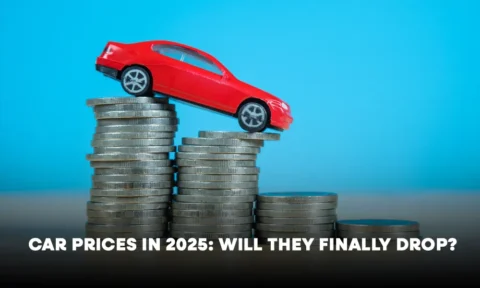With the One Big Beautiful Bill Act being endorsed by the President, the electric vehicle credit, which acted as an incentive for EV buyers, is set to expire on 30th September 2025. Thanks to the Inflation Reduction Act, buyers can get up to $7,500 in federal tax credits on new EVs (and up to $4,000 on qualifying used ones) until then.
So, if you’re planning to save on taxes while investing in an electric car, now is the time to do it to bag the best deal. Although the rules for claiming EV tax credits in the US can feel like a maze, a bit of in-depth research can help clarify things. But there is a catch; not every car qualifies for the deduction.
Join me as I take a look at some of the cars that still qualify for tax credits in 2025.
What are the Eligibility Factors
If you’re wondering about the eligibility factors for claiming EV tax credits, here they are:
- The car must be assembled in the US.
- The battery has to meet sourcing requirements for minerals and components.
- Price caps apply: $55,000 for cars and $80,000 for SUVs, trucks, and vans.
- Limits have also been placed on buyer incomes: $150,000 (single), $225,000 (head of household), $300,000 (married filing jointly).
So, not every shiny EV on the lot will get you that sweet tax break. You need to be careful about which one you choose.
Cars That Qualify in 2025
Tesla Model 3 (Rear-Wheel Drive & Long Range)

The Tesla Model 3 has been the way for most people to get initiated into driving EVs. In 2025, the Rear-Wheel Drive and Long Range trims continue to qualify for the full $7,500 credit. The Long Range gives you over 340 miles per charge, which makes it a solid option if you do a lot of highway driving.
Tesla Model Y
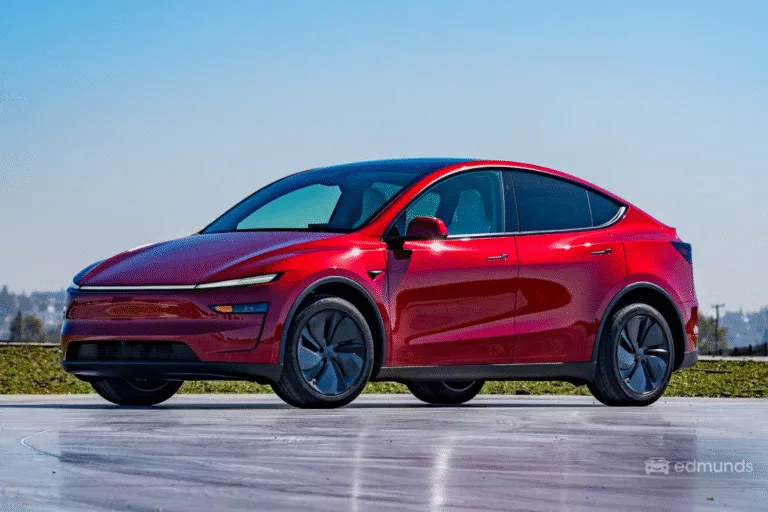
The Model Y has been Tesla’s best-seller in the US for good reason. It’s a compact SUV with plenty of space for families, but it’s still easy to handle in city traffic. With up to 330 miles of range, and qualifying trims staying under the $80,000 cap, it’s one of the most practical choices for families who want EV tax savings with tech perks.
Chevrolet Blazer EV
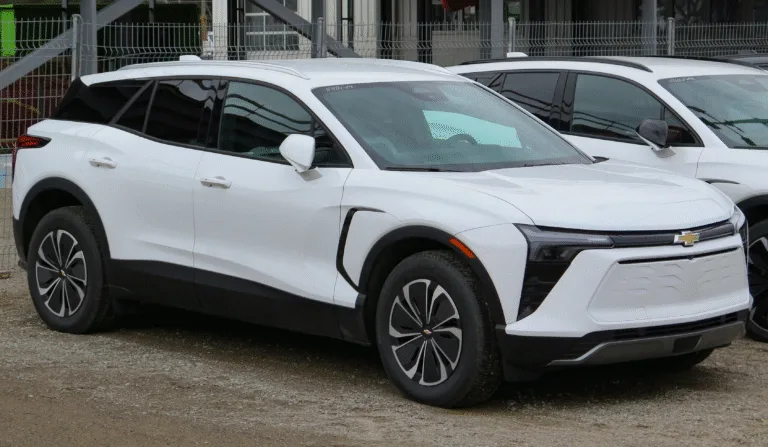
Chevy jumped into the EV SUV space with its Blazer EV, and it’s shaping up to be a strong competitor. Depending on trim, you get 250–320 miles of range and plenty of modern safety tech. The fact that it qualifies for the credit in 2025 makes it even more attractive compared to rivals that don’t.
Chevrolet Equinox EV
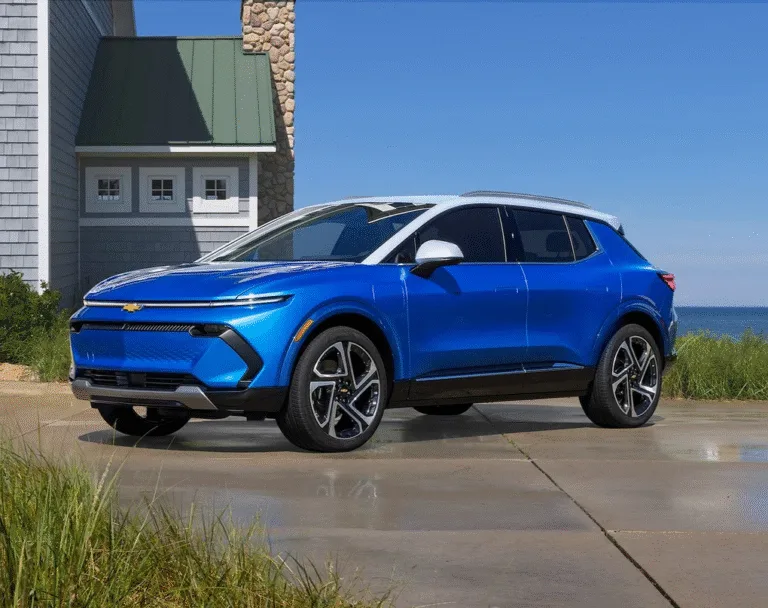
The Equinox EV may be one of the most affordable family EVs that still qualifies for tax credits in 2025. It has a starting price that’s around $35,000 before credits, which makes it stand out from the competition. Range estimates are said to be around 300 miles, which is more than enough for daily commutes and weekend getaways.
Ford F-150 Lightning (some trims)
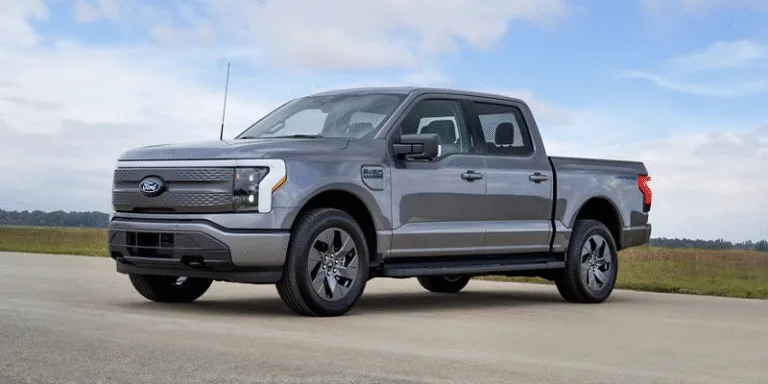
If you’re a truck person, the F-150 Lightning electric truck could be for you. Not every trim makes the cut, but the ones that do come with 230–320 miles of range and all the practicality you need from an F-150. And you know what’s even better? You could use it as a backup power source for your home during an outage.
Cadillac Lyriq

This is one of the few luxury EVs I found that still qualify for tax credits because Cadillac managed to keep the price under the $80,000 cap. The Lyriq delivers around 308 miles of range, a quiet cabin, and plenty of tech without going into six-figure territory like some European luxury EVs.
Rivian R1T and R1S (some trims)
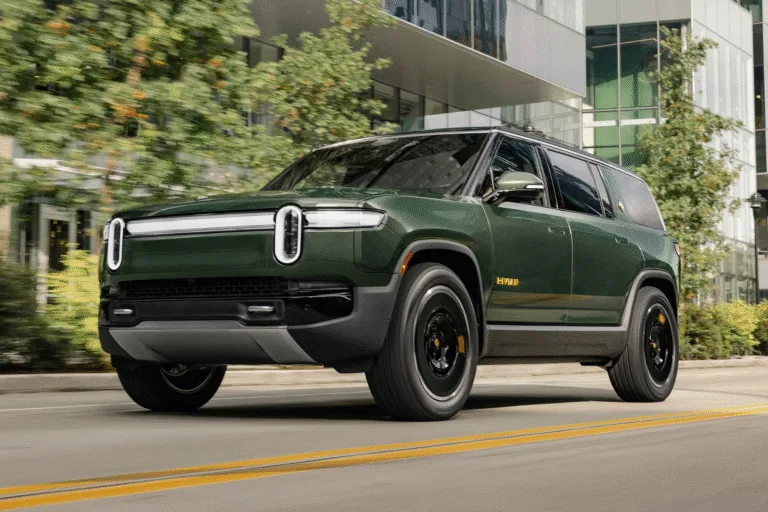
Rivian’s electric truck (R1T) and SUV (R1S) are perfect if you love adventure. Both come with off-road capability, advanced storage solutions, and ranges that vary from 270 to over 350 miles, depending on configuration. Some trims meet the credit requirements, while others don’t, so you’ll want to double-check before buying.
What About Used EVs?
If you’re not ready to splurge on a brand-new model, you can still get a tax break on certain used EVs. The credit goes down to $4,000 or 30% of the car’s price, whichever is less. Ensure that the car you are looking at has been at least two years on the road and you pay under $25,000 for it. Think Nissan Leafs, older Chevy Bolts, and early Tesla Model 3s — all solid entry points into the EV ownership journey.
Why This Matters
Knowing which EVs qualify will give you an idea of how to shop for one. Instead of just looking at sticker prices, you would be better off thinking about the after-credit cost. A $55,000 EV that qualifies could feel more like a $47,500 car, which is a huge difference — enough to cover charging equipment at home or even the first couple of years of insurance.
Final Thoughts
If you’re eyeing an EV in 2025, don’t ignore the tax credit rules. They can literally save you thousands. And with new models entering the market, the options are better than ever. Whether you decide to go for the Tesla Model 3, Tesla Model Y, Chevrolet Blazer EV, Chevrolet Inox EV, Ford F-150 Lightning, Cadillac Lyriq, or the Rivian R1T / R1S, pick the one that’s the best choice for your lifestyle and needs. If you don’t want to spend as much, you could also consider used EVs, where you would also get a tax credit, but at a lower amount.
And the best way to be certain about this is to keep an eye on updates from the IRS because these lists could change. If you’re planning to buy, make sure you ask the dealer and cross-check the official list so you don’t miss out.
Stay tuned for the latest automotive updates with Ask About Cars.


